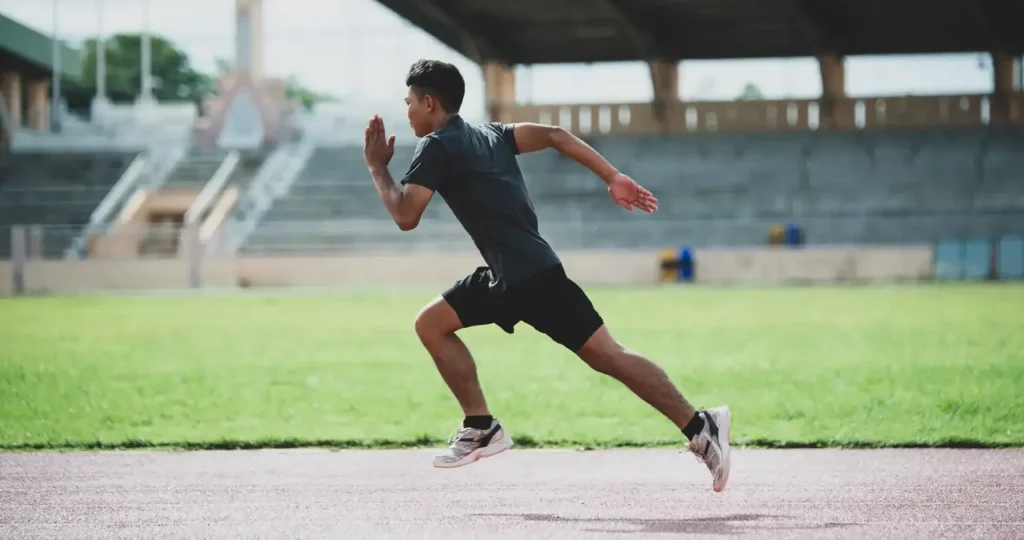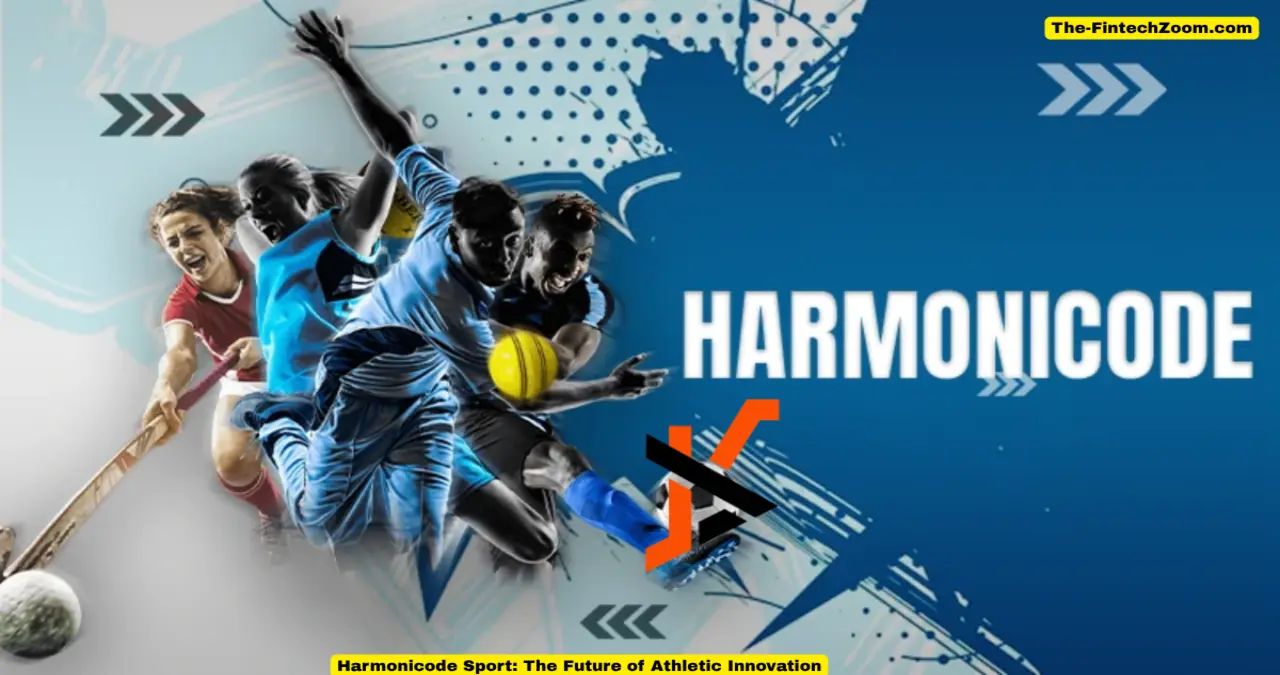Exploring the Core Idea Behind Sports Harmonicode
Sports Harmonicode: Every movement in sports has an underlying pattern players cut across the court in basketball like musical notes jumping scales, while football formations can be compared to orchestrated sheet music. The sports harmonicode is essentially a coded structure that deciphers this rhythm. It’s about finding patterns in performance, understanding flow, and leveraging harmony in competitive settings. When athletes, coaches, or analysts understand the harmonics of their sport, they begin to recognize when things are “in tune” and when they’re offbeat.
This concept isn’t just poetic. In a real way, many training systems and performance technologies are now tapping into this rhythmic foundation. When movement patterns align with peak biomechanical efficiency and strategic timing, players perform better, avoid injuries, and elevate their game to another level. That’s the magic of mastering the sports harmonica.
The Origins and Evolution of the Sports Harmonicode Concept
The idea of the sports harmonicode didn’t emerge from a single lab or think tank. Rather, it evolved as an interdisciplinary blend of data science, sports analytics, neuroscience, and even musical theory. Sports scientists began noticing how performance could be enhanced by understanding rhythm, not just of physical movement, but also team dynamics and gameplay flow.
The harmonicode idea owes its roots to pattern recognition. Just like a composer recognizes motifs in music, data analysts started noticing “motifs” in play formations and athletic behavior. For example, a repeated movement pattern in soccer can lead to a pass chain, which ultimately results in a goal. These motifs, when mapped, started forming a kind of “code” a predictable rhythm hiding inside the game.
Over time, coaches started integrating movement rhythm training into athlete routines. Technology followed suit. Motion sensors, biometric feedback tools, and AI algorithms all converged to support this idea. What started as a concept has now become a full-fledged tool. And while it’s still gaining popularity in broader circles, those who know how to read the sports harmonicode already have a competitive edge.
Sports Harmonicode and Performance Optimization
One of the most powerful applications of the sports harmonicode is in performance optimization. When athletes move in sync with their internal rhythm and their team’s tempo, they’re more likely to perform at peak levels. This sync is not accidental it’s the result of training the body and mind to align with the harmonic structure of the sport.
Consider basketball, where timing is everything. A player who knows the exact moment to cut, the perfect rhythm to pass, or when to elevate for a shot is not just reacting they’re reading and responding to the harmonicode. These athletes can feel the game’s rhythm and know when to act in sync with the flow. The same goes for tennis, where footwork and swing timing are crucial. The sports harmonicode is at play every time a player steps in rhythm or anticipates their opponent’s move with uncanny accuracy.
Training to optimize this performance involves repetition, feedback, and a keen understanding of rhythm. Modern tools like rhythm-tracking wearables and smart sensors allow coaches to give athletes immediate feedback on how “in-sync” their movements are with game flow. When athletes start training this way consistently, they begin to internalize the sports harmonicode, leading to intuitive decision-making and smoother execution.
Team Dynamics and the Power of Harmony
It’s not just individual performance where the sports harmonicode shines. Team dynamics often determine who wins and who falls short. When teams operate with synchronized rhythm, they become more than the sum of their parts. Passes connect more fluidly, movements complement each other, and players anticipate rather than react. This is harmony in motion.
In sports like soccer, hockey, or rugby, the flow of play involves quick transitions, coordinated defense, and seamless offense. Teams that train with rhythm in mind build a kind of non-verbal communication rooted in timing and trust. When one player makes a run at just the right moment, the other already knows where to deliver the ball. That shared sense of timing is part of the sports harmonicode.
Coaches can design drills that embed these patterns into training. Think of “wave” drills, passing circuits, or strategic formations that rely on timing more than brute force. Once these rhythms are learned and internalized, the team begins to operate like a living organism. And in high-stakes competition, that harmony becomes the difference between winning and losing.
Technology’s Role in Decoding the Sports Harmonicode
Technology has been instrumental in bringing the sports harmonicode to the forefront of modern athletics. High-speed cameras, AI-driven analytics, wearable tech, and biometric sensors all help capture the hidden rhythms in sport. These tools reveal patterns that the naked eye might miss like micro-movements, heartbeat synchronization, or momentary hesitation before a key play.
Software platforms now allow coaches to overlay rhythmic models over gameplay footage. Imagine watching a replay where you not only see movement, but also the tempo behind it. These visualizations can help athletes understand how to improve timing, spacing, and flow. Data can then be converted into training cues, creating drills that reinforce the natural rhythm of the sport.
Virtual reality is another exciting frontier. With immersive VR environments, athletes can train inside rhythm-based simulations. These experiences are tailored to help players “feel” the harmonicode, adjusting their movement patterns until they become second nature. With real-time feedback, players adapt quickly and gain a better sense of what it means to perform in harmony.

Psychological Flow and the Harmonicode Connection
The state of psychological flow when an athlete is completely immersed in their performance is deeply connected to the sports harmonicode. Flow states occur when challenge meets skill in perfect proportion, and the mind-body connection becomes seamless. This alignment is essentially a byproduct of rhythm mastery.
Athletes often describe this feeling as “being in the zone.” They report that time slows down, decisions happen automatically, and everything feels smooth. This sensation isn’t magic it’s rhythm. When an athlete trains to move in harmony with the game’s tempo, their nervous system and muscle memory sync. That’s when the sports harmonicode takes over.
Mental performance coaches now use rhythm exercises, breathing patterns, and visualization techniques to help athletes access this state more often. Visualization, in particular, can reinforce harmonic flow. When athletes imagine executing plays in perfect rhythm, they train their brain to fire those patterns. Over time, this leads to better performance and quicker access to flow.
Applying Sports Harmonicode Across Different Sports
The beauty of the sports harmonicode is that it isn’t confined to a single sport. From martial arts to motorsports, any activity that involves timing, movement, and reaction can benefit from harmonic analysis. The principles apply across the board, and the results are often eye-opening.
In martial arts, fighters who understand rhythm can anticipate strikes, time their counters, and move with deceptive speed. Their flow disrupts opponents who are out of sync. In motorsports, drivers who maintain consistent lap timing and respond rhythmically to track conditions gain a strategic edge. Even sports like golf rely heavily on rhythm, where the backswing, transition, and follow-through must occur in a smooth sequence.
Coaches and trainers who apply the sports harmonicode in various disciplines often report improvements in timing, injury prevention, and mental clarity. It becomes easier to spot what’s off when you know what “in rhythm” looks and feels like. This has made the harmonicode a valuable tool in both elite performance settings and youth sports development programs.
The Link Between Music, Movement, and Sports Harmonicode
There’s a reason music is often used in training environments. The connection between rhythm and movement is deeply rooted in how the brain processes sensory input. When athletes train with music, they’re often tapping into their innate rhythmic capabilities, which helps them align with the sports harmonicode even without realizing it.
Music-based drills, tempo runs, and beat-aligned circuits have all been used in training programs with great success. These drills help athletes learn how to move in patterns, maintain cadence, and control their breathing. All these elements contribute to better performance. And when athletes understand how to use rhythm intentionally, they can start to apply it during competition.
Some teams even use specific music genres to set a tone during practice. Fast tempos for explosive drills, slower beats for cool-downs, or rhythmic pulses for visualization work. By embedding rhythm into every part of the training cycle, athletes become more attuned to their internal tempo. That’s how the sports harmonicode becomes not just a concept, but a lifestyle.
Teaching the Harmonicode to Young Athletes
Young athletes are particularly receptive to the ideas behind the sports harmonicode. Their developing motor skills, fresh neural pathways, and willingness to try new techniques make them perfect candidates for rhythm-based training. When coaches introduce harmonic training early, they give kids a foundation that stays with them for life.
Games that involve clapping patterns, skipping rhythms, or reaction drills to music are great ways to build these skills without formal instruction. The key is to make rhythm fun and intuitive. As kids grow, they start to internalize these patterns, making their gameplay more fluid and less mechanical.
Eventually, as they mature, these athletes can handle more structured harmonicode training. Advanced drills that combine strategy, movement, and tempo help refine their performance. By the time they reach higher levels of competition, their ability to operate in harmony becomes a serious advantage.



